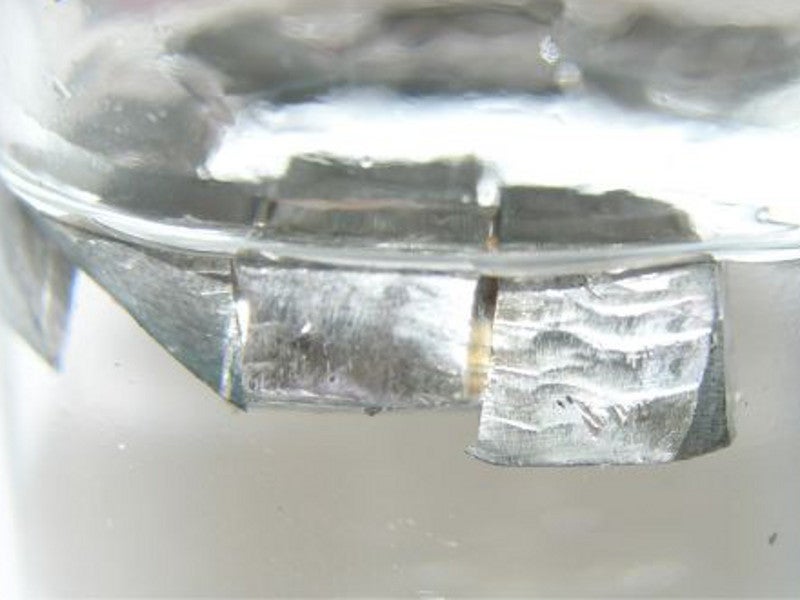Pastos Grandes lithium project, owned by Millennial Lithium, is located in Salta Province, Argentina.
Feasibility study (FS) for the Pastos Grandes project was completed in July 2019, which estimated a capital cost of £362m ($448m).
The project is expected to produce 24,000 tons (t) of battery-grade lithium carbonate a year, through its anticipated mine life of approximately 40 years.
Millennial Lithium was granted four mining licenses comprising 6,447ha of Recursos Energéticos y Mineros de Salta (REMSA) properties within the Pastos Grandes project area in December 2019.
A three tonne-per-month lithium carbonate pilot plant being constructed for the project is expected to start treating plant grade brine in 2020.
The Pastos Grandes lithium project is expected to commence commercial production by 2023.
Pastos Grandes lithium project location, geology, and mineralisation
The Pastos Grandes lithium project is located approximately 230km from Salta City and 56km from San Antonio de Los Cobres, Argentina.
The project extends over 12,619ha and hosts Precambrian meta-sedimentary units comprising slates and phyllite rocks of the Puncoviscana Formation and Lower Ordovician turbidites.
The relatively low-magnesium brine rich in lithium-potassium makes up the mineralisation at Pastos Grandes project. The lithium concentrations at the surface at the salar are of 100-300mg/l range and increase with depth with 10m holes reporting 400mg/l concentrations. The salar has highest values along the western margin and the values increase in the south-central basins at depth.
Pastos Grandes lithium project reserves
The proven and probable ore reserves of the Pastos Grandes lithium project are 177,000t of lithium, at an average Li concentration of 439mg/l. Contained lithium carbonate-equivalent (LCE) of the project is estimated to be 943,000t.
Mining and brine processing at Pastos Grandes lithium project
The lithium-rich brine will be extracted from the production wells using submersible pumps and delivered to the evaporation ponds. It will be concentrated through solar evaporation and chemical saturation.
The chemical saturation results in the precipitation of salts, mainly halite and sylvinite, with smaller volumes of gypsum, carnallite, and schoenite. The precipitated salts will be either periodically removed or harvested from the ponds and stored.
The process will also involve a liming stage, which will reduce the magnesium content in the brine and precipitates it as magnesium hydroxide.
The concentrated lithium brine from the evaporation ponds will be forwarded to the reservoir ponds before being conveyed to the lithium carbonate plant. The plant employs solvent extraction carbonation and filtration processes to remove impurities such as boron, calcium, and magnesium.
The lithium concentrated brine will then undergo a secondary carbonation stage, where lithium carbonate will be precipitated through the addition of soda ash. The precipitated lithium carbonate will be then redigested in a CO2 solution, dried, followed by size reduction, and packaged for delivery to customers.
Infrastructure
The Pastos Grandes project site can be accessed through Route 51, passing through the city of Salta and San Antonio de los Cobres town.
Electricity for the project is proposed to be sourced from the 600MW, 375kV power line running between Salta and Mejilollones. Power will also be supplied by using onsite electrical generators, driven by natural gas engines.
The project also comprises an on-site permanent project centre, which features a 60-100 person camp, on-site laboratory, and a pilot processing plant.
The project comprises a conventional power generation system featuring renewable energy systems, which support the permanent project centre. It comprises 178.2KWp of solar power, battery storage of 500kwh, and two low-emission diesel generators.
Natural gas required for the project will be provided through a gas pipeline connected to the La Puna gas trunk line.
Authorised potable water sources will provide drinking water for the project, which will be supplied through trucks or in containers. Industrial water will be supplied by wells drilled for the project.
Contractors involved
WorleyParsons Chile (Worley) and Montgomery & Associates prepared the Pastos Grandes project feasibility study report, while Ausenco-Vector was engaged for the environmental impact assessment (EIA) report.
Millennial engaged Ergy Solar for installing and commissioning the integrated solar photovoltaic, battery, and back-up conventional power generation system.





